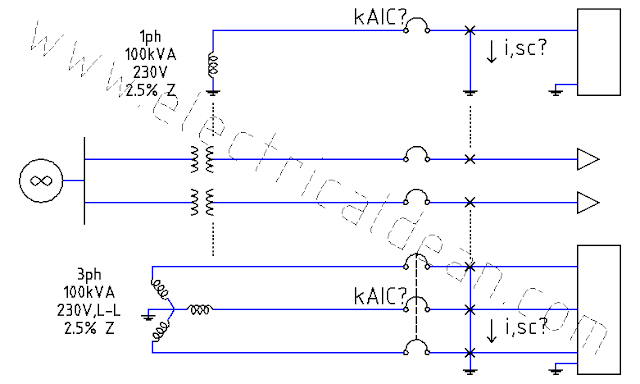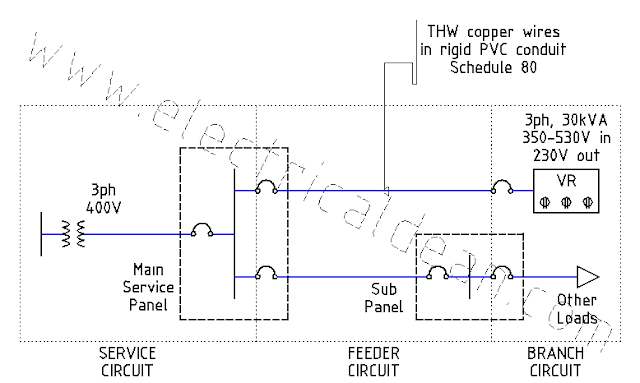Circuits - Scenario 4
A conductor of a certain length and cross-sectional area has a resistance of 10 ohms. If the conductor's length is tripled and its cross-sectional area is doubled, what is its new resistance?
ANALYSIS
1.) Resistivity equation:
Resistance = resistivity constant * (Length / cross-sectional Area)
R = r * (L / A)
2.) Resistance, old:
R,1 = r * (L,1 / A,1)
R,1 = 10 ohms
10 = r * (L,1 / A,1)
3.) Parameters changed:
L,2 = 3 L,1
A,2 = 2 A,1
4.) Resistance, new:
R,2 = r * (L,2 / A,2)
R,2 = r * [ (3 L,1) / (2 A,1)
R,2 = [ r * (L,1 / A,1) ] * 1.5
R,2 = 10 * 1.5
R,2 = 15 ohms
CONCLUSION
With the conductor's length tripled and cross-sectional area doubled, the conductor's resistance becomes 15 ohms. Resistance is directly proportional to length and inversely proportional to cross-sectional area, according to the resistivity equation.





Comments
Post a Comment